This year’s winter weather was one for the record books! If you’re in the Pacific Northwest, we are still holding our breath hoping that summer is just around the corner. Many home and commercial building owners had to deal with challenges when removing snow and ice from roof tops. Of course, that’s the time when we all think, “I wonder if heat tape would be helpful right now”.
If you’re not familiar with heat tape and its benefits, I’m going to tell you right now…call an electrician NOW to get it installed onto your roof. Yes, I know we’re heading into April and enjoying the nice (snow-free) mild weather, but now is the time to be thinking of next year’s snow and ice potential.
How Does It All Work?
When the joy of winter hits us, our roofs and gutters host massive amounts of snow and ice. When the sun is out and snow starts melting, the dripping water needs a path to drain off the roof. Heat tape can melt a channel in the underside of the snowpack on your roof and give water a route to drain out. And heat tape installed in gutters and downspouts allows water to drain away from the roof, rather than getting plugged up by a dam of ice.
*DISCLAIMER*
Be sure to keep an eye on your roof throughout winter for ice damming. If blocks of ice buildup under the snow, that could indicate inadequate insulation. Ice dams and icicles hanging from the roofline is a possible indication of not enough insulation in the attic. That’s an entire other conversation! However, if you do the air sealing and insulation work to begin with, the need for heat tape on the roof is drastically reduced.
How Does This Effect My Energy Bill?
Yes, those that have heat tape installed on roofs or in gutters to help prevent winter ice dams may find their energy bill heating up a bit. However, using a heat tape timer can help make the system run more efficiently when it’s needed, and turns it off automatically when it’s not needed.
The best time to run heat tape is during the day, 6 a.m. to 6 p.m. whenever snow or ice is sitting on the roof. Heat tape is not effective enough to sufficiently melt ice during cold evenings, and it will just waste power all night long. The goal is to run heat tape only enough to keep a channel cut in the snow or ice.
There Are Cool Tricks To Help Saved Money When Using Heat Tape:
Installation of a heat tape system with a manual toggle switch will easily turn on the tape only when it’s needed, and switch it off later.
Tying the heat tape system into the building’s automation controls so the heat tape only operates when the air temperature is above 32 degrees and the sun is out.
A good rule of thumb if you keep things “old school” is to mark your calendar for mid-April or making a note to turn off heat tape at the breaker switch after the last big spring snow.
Next Gen Electric is always here to answer any questions regarding prepping your home or commercial building for cold weather. We offer FREE estimates and always provide education to help you stay successful. Give us a call today!
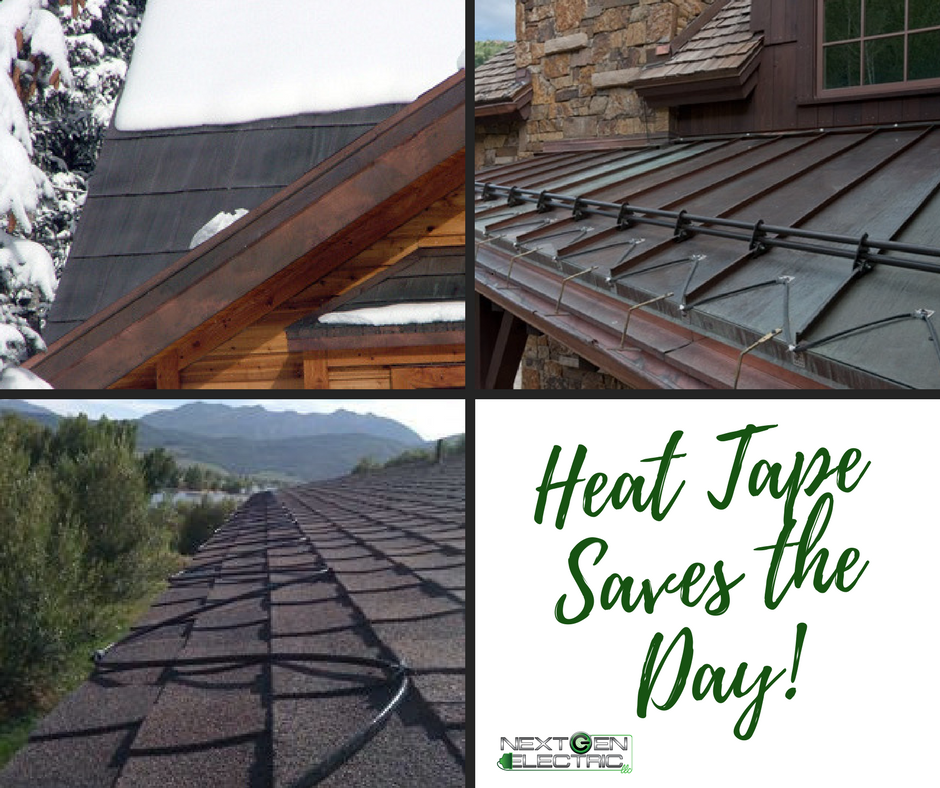

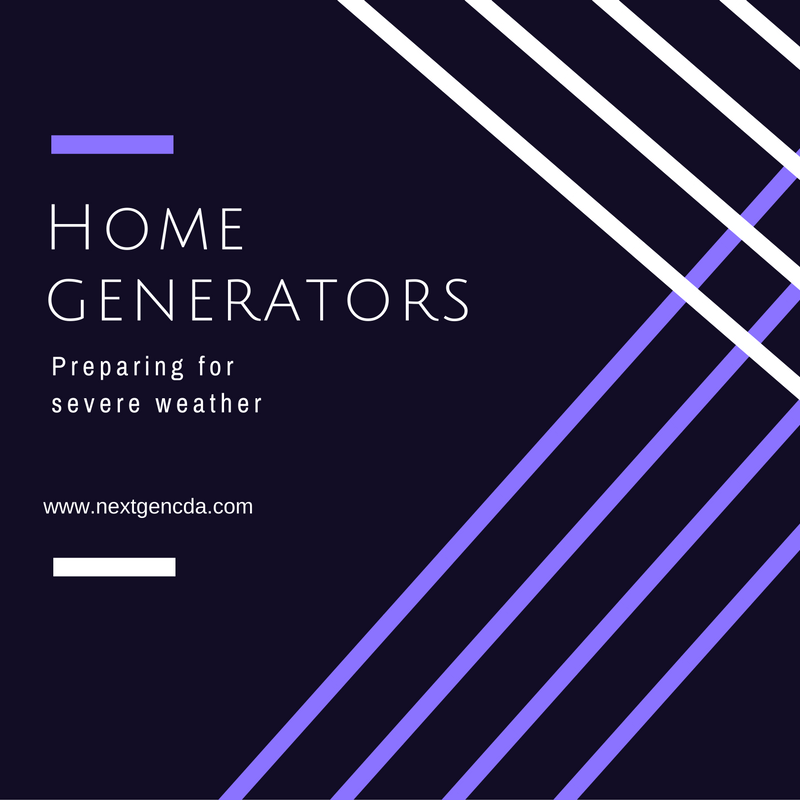




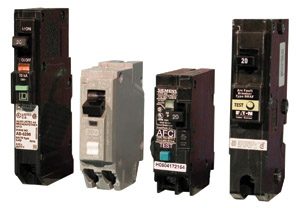
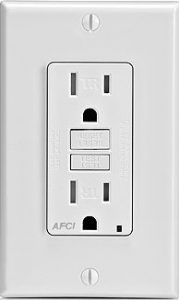 Each state has it’s own provisions based on the National Electrical Code requirements for AFCI protection in new homes. It is up to the home owner to know and understand what is available to protect your home and our family from electrical fires.
Each state has it’s own provisions based on the National Electrical Code requirements for AFCI protection in new homes. It is up to the home owner to know and understand what is available to protect your home and our family from electrical fires. 
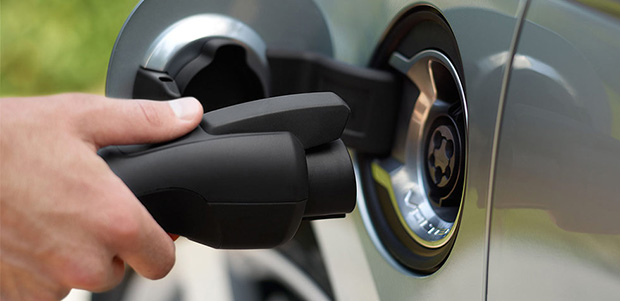
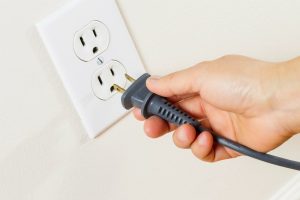
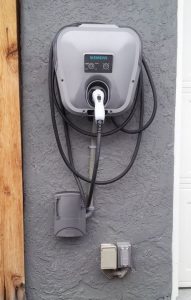 Level 2 supplies 240V, like what an electric dryer or oven uses. It goes through a box and a cord that improves safety by waiting to send power to the plug until it’s plugged into an EV. Level 2 allows for a wide range of charging speeds, all the way up to 70 miles of range per hour of charging. Both Level 1 and Level 2 charging stations simply deliver household electricity to the car. Electronics within the car transform the power into the proper form which then charges the battery.
Level 2 supplies 240V, like what an electric dryer or oven uses. It goes through a box and a cord that improves safety by waiting to send power to the plug until it’s plugged into an EV. Level 2 allows for a wide range of charging speeds, all the way up to 70 miles of range per hour of charging. Both Level 1 and Level 2 charging stations simply deliver household electricity to the car. Electronics within the car transform the power into the proper form which then charges the battery. 
